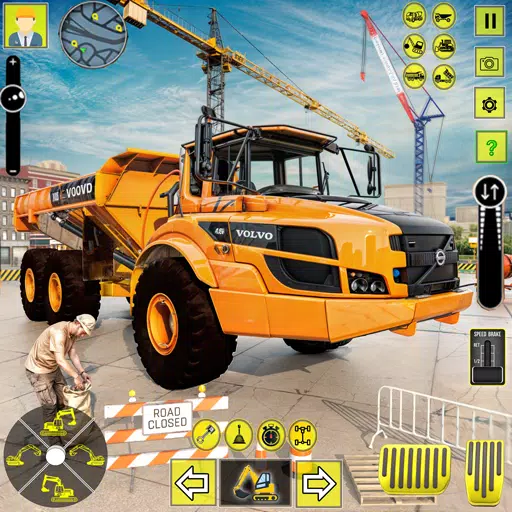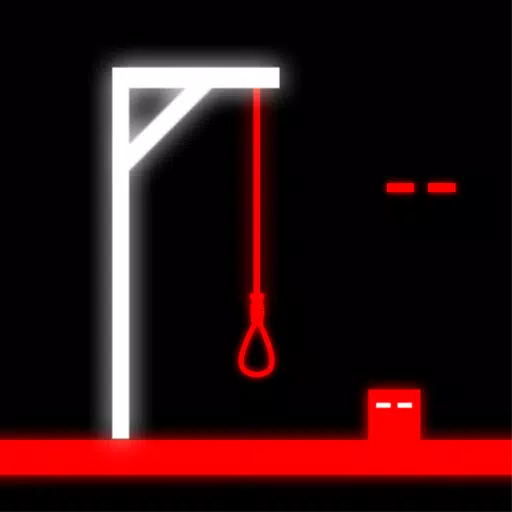The recent unveiling of the Nintendo Switch 2 has generated significant buzz among gaming enthusiasts, primarily due to its upgraded hardware and sleek design. However, the tech specs behind this new powerhouse have remained largely under wraps—until now. A tantalizing glimpse of Mario Kart 9 in the reveal video has sparked discussion and speculation, particularly among developers familiar with Nintendo's hardware.
Indie developer Jerrel Dulay from Sungrand Studios, known for his work on the Wii U and 3DS, provided a detailed analysis of the Mario Kart 9 footage in a recent YouTube video, suggesting that the Switch 2 is poised to be a significant leap forward in terms of power.
Mario Kart 9 - First Look
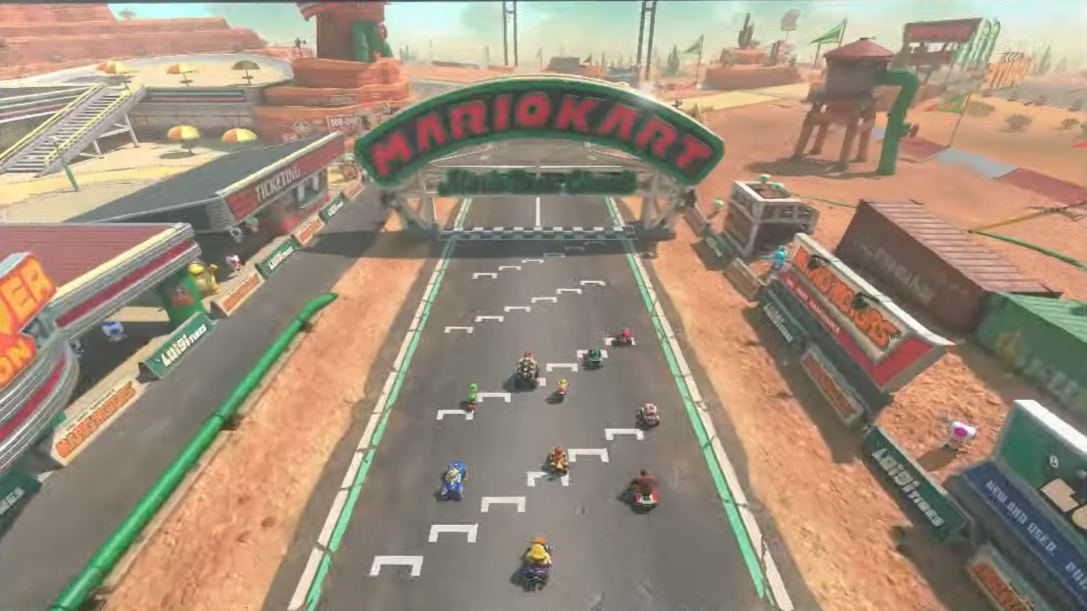
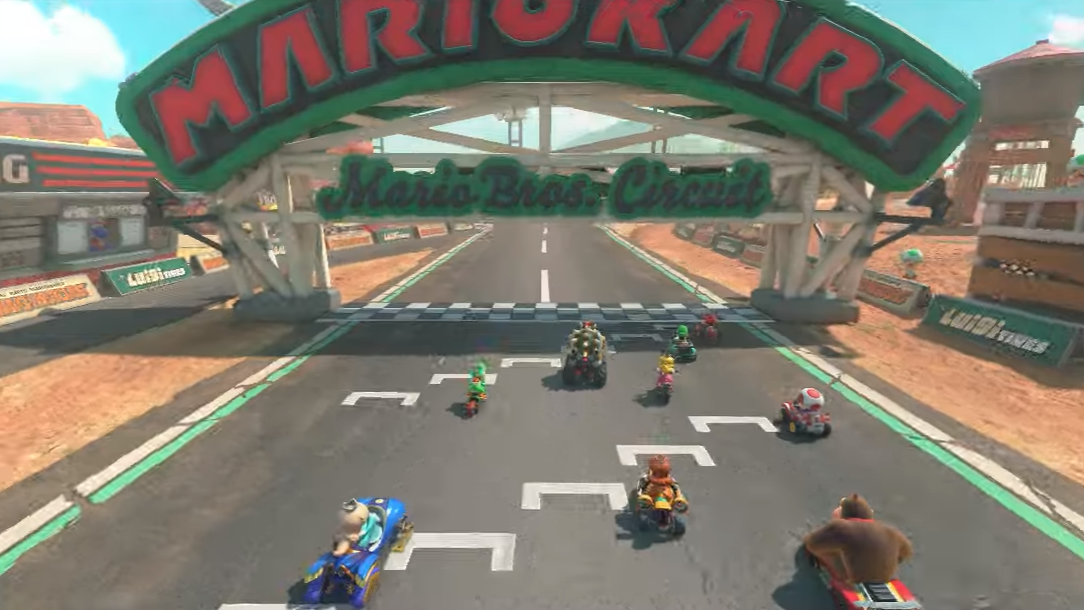 25 Images
25 Images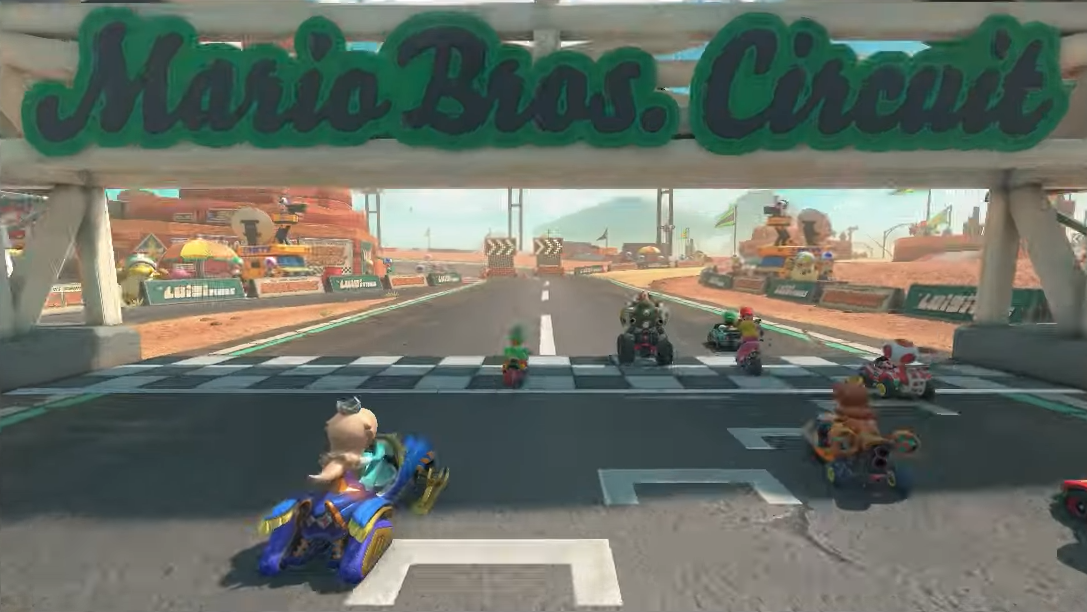
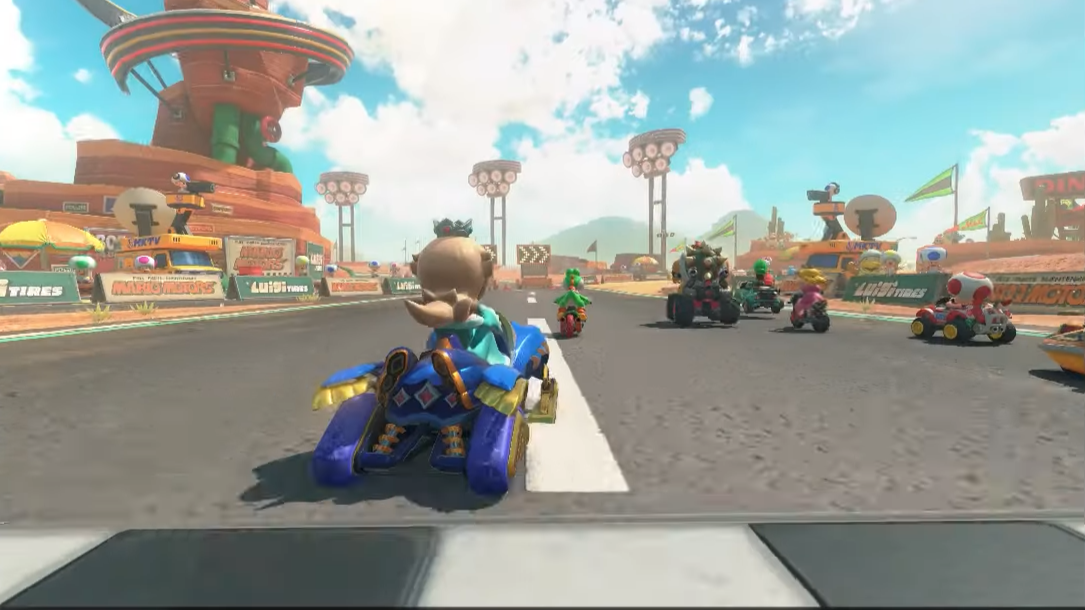
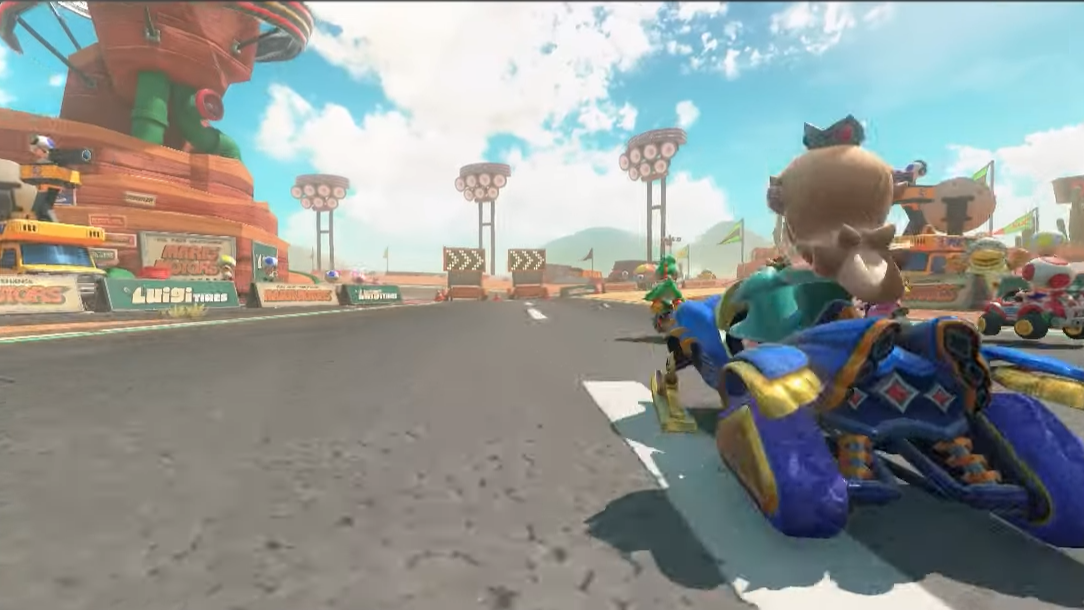
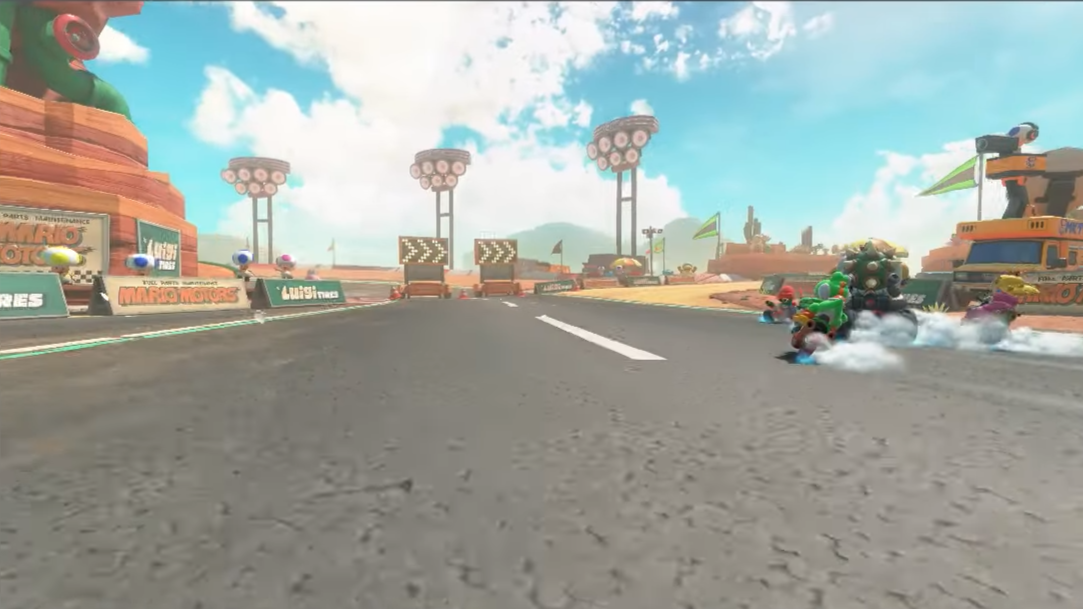
Dulay's analysis centers on several key features visible in the Mario Kart 9 footage. He highlighted the use of physically-based shaders, which enhance the realism of textures by interacting with light and reflections. This technique, while possible on the original Switch, was highly demanding on its hardware, often leading to performance dips. In contrast, the Switch 2 appears to handle these complex shaders effortlessly.
A late 2023 report from Digital Foundry shed light on the rumored Nvidia T239 ARM mobile chip inside the Switch 2. With 1536 CUDA cores, this chip represents a 500% increase in core count over the original Switch's Tegra X1, which only had 256 CUDA cores. This significant upgrade in processing power aligns with the motherboard leaks showing an 8nm chip.
Dulay noted that every piece of geometry in the Mario Kart 9 footage uses physically-based rendering, suggesting a robust capability to handle complex visual effects. Moreover, the footage reveals additional material reflections, enhancing the visual fidelity of the game.
High-resolution ground textures were another point of interest for Dulay. These textures, which require substantial memory, are rendered smoothly in the footage, hinting at a substantial upgrade in RAM. The original Switch has 4GB of RAM, while the Switch 2 is rumored to boast 12GB, as indicated by leaks showing two SK Hynix LPDDR5 modules. The potential speed of these RAM modules could reach up to 7500MHz, a marked improvement over the original Switch's 1600MHz when docked.
Dulay also pointed out the presence of true volumetric lighting in the Mario Kart teaser, a feature that is notoriously demanding on GPUs. The ability to run volumetric lighting at 60 frames per second indicates a significant boost in graphical capabilities. He emphasized that volumetric lighting was a major challenge on the original Switch, often requiring compromises in other areas.
Furthermore, the footage displays shadows at considerable distances, another computationally expensive feature. On the original Switch, developers had to limit the distance at which shadows were rendered to maintain performance. The Switch 2's enhanced hardware seems to overcome these limitations, allowing for more detailed and extensive shadow rendering.
The increased number of onscreen textures, high poly-count characters, and real-time cloth physics on flagpoles further illustrate the power jump from the original Switch to the Switch 2. These elements, combined with the hardware upgrades, suggest that developers will have much more freedom and capability to create visually stunning games.
As the gaming community eagerly awaits more information, Dulay's analysis provides a compelling look at what the Nintendo Switch 2 might offer in terms of graphical prowess. Nintendo is set to reveal more details in an upcoming Direct in April. Until then, stay tuned to IGN for comprehensive coverage on the Switch 2.











